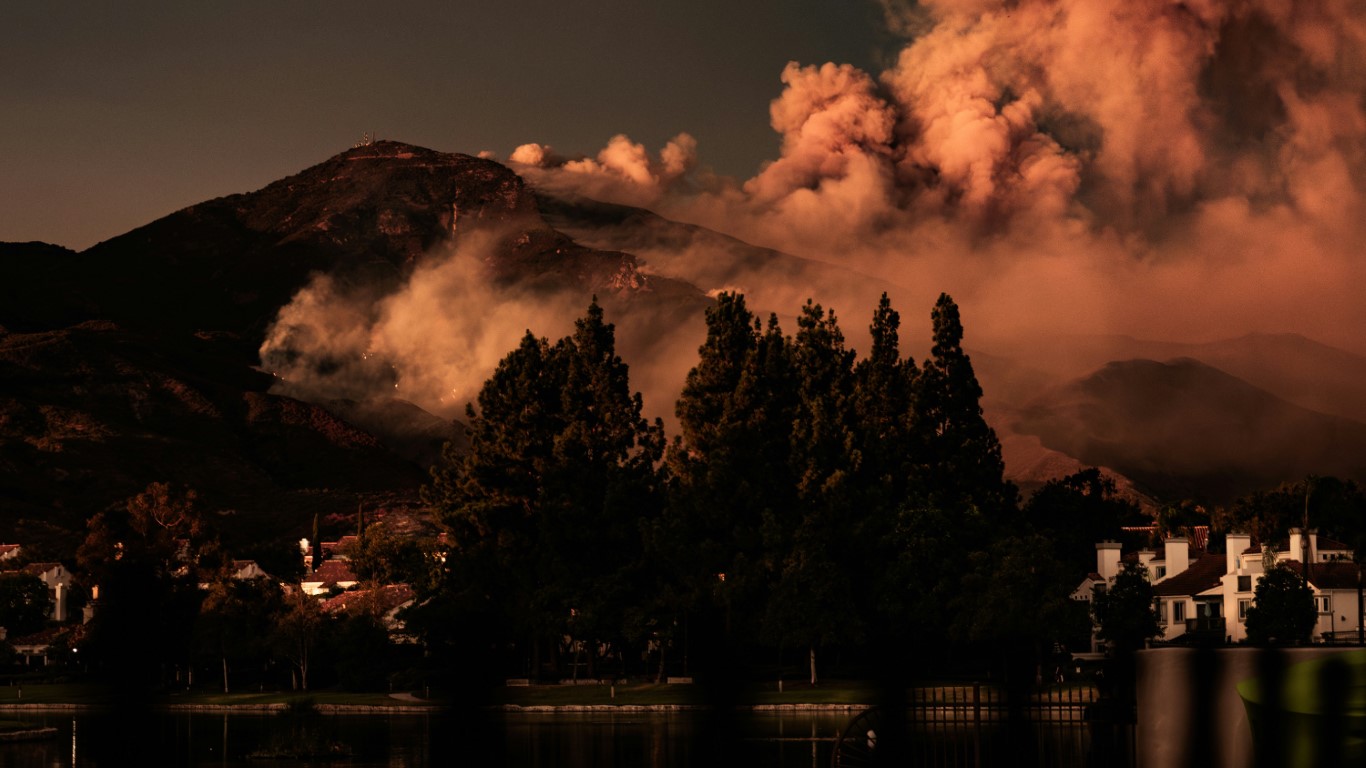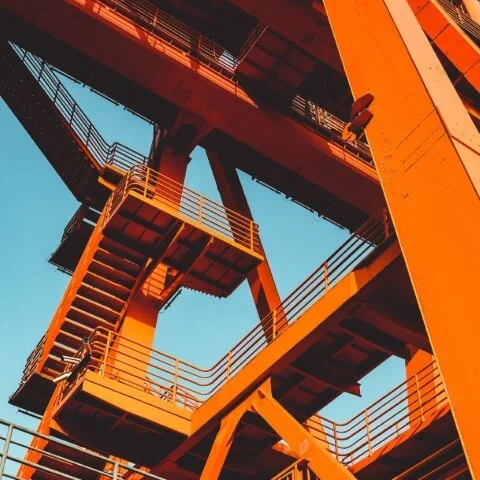LA Wildfires: Burning Questions About AI, Data Centres And Water Usage

LA Wildfires: Burning Questions About AI, Data Centres And Water Usage
Just one week into the new year, a series of wildfires ravaged Los Angeles (LA), burning approximately 23,700 acres – and underscoring the escalating climate crisis. Recovery efforts revealed compounding risks, such as the region’s ongoing drought, hurricane-force winds and strained water resources. Many news reports noted the dry reservoirs hindering firefighting efforts; social media posts took it a step further, blaming AI and data centres for LA’s water woes in time of need. While the evidence shows that water usage from AI and data centres is not to blame in this instance, concerns over their use of water in drought-prone areas are not unfounded – and the fires have uncovered several vulnerabilities in the system for which risk practitioners must prepare.
LA’s boom-and-bust climate cycle led to vegetation from the 2023 rains drying out in the 2024 drought, leaving behind combustible material that fuelled the fires. Worryingly, these climate ‘whiplash’ events are only expected to increase in a warming world. The situation worsened when the 117-million-gallon Santa Ynez Reservoir – designed specifically to combat wildfires – was found empty during emergency response, as it was undergoing repairs. This setback delayed recovery efforts due to reduced water pressure in hydrants, further hindering the county’s ability to respond effectively.
The LA wildfires highlighted the growing strain on water resources in the region, and reignited discussions around sustainable water use in water-intensive industries, such as AI. In 2022 for instance, Microsoft’s growing AI offering guzzled enough water to fill more than 2,500 Olympic-sized swimming pools to fuel and cool its data centres. With approximately 69 data centres located throughout LA county, there are rising concerns about the significant amount of water required to cool these facilities. LA is also a growing hub for AI – and the increasing demand for data centres to support AI infrastructure will further strain water resources in an area prone to drought and at severe wildfire risk.
As LA continues to face the challenge of droughts amid an expanding network of data centres, the risk of water scarcity impacts both businesses and emergency response authorities. Critically, these issues are not confined to LA, but present substantial risks for operational resilience and business continuity more widely. Firms with data centres in other drought- and wildfire-prone areas, such as Spain or Mexico, also need to plan for what happens when their water resources run dry. Business continuity plans must be revised, with answers provided to questions such as how to prepare facilities for wildfire, and whether there are alternative methods for cooling systems if water is scarce.
Resilient firms will consider relocating critical business functions to areas less prone to drought, adopting water-efficient practices and incorporating climate risk preparedness into their operational strategies. For more information on climate preparedness and the technologies shaping the future of risk management, see the Verdantix report Strategic Focus: Incorporating Extreme Weather Events Into Business Continuity Planning.





















-will-surpass-$1-billion-in-2030_1920x1080px.jpg?sfvrsn=d92f836e_2)